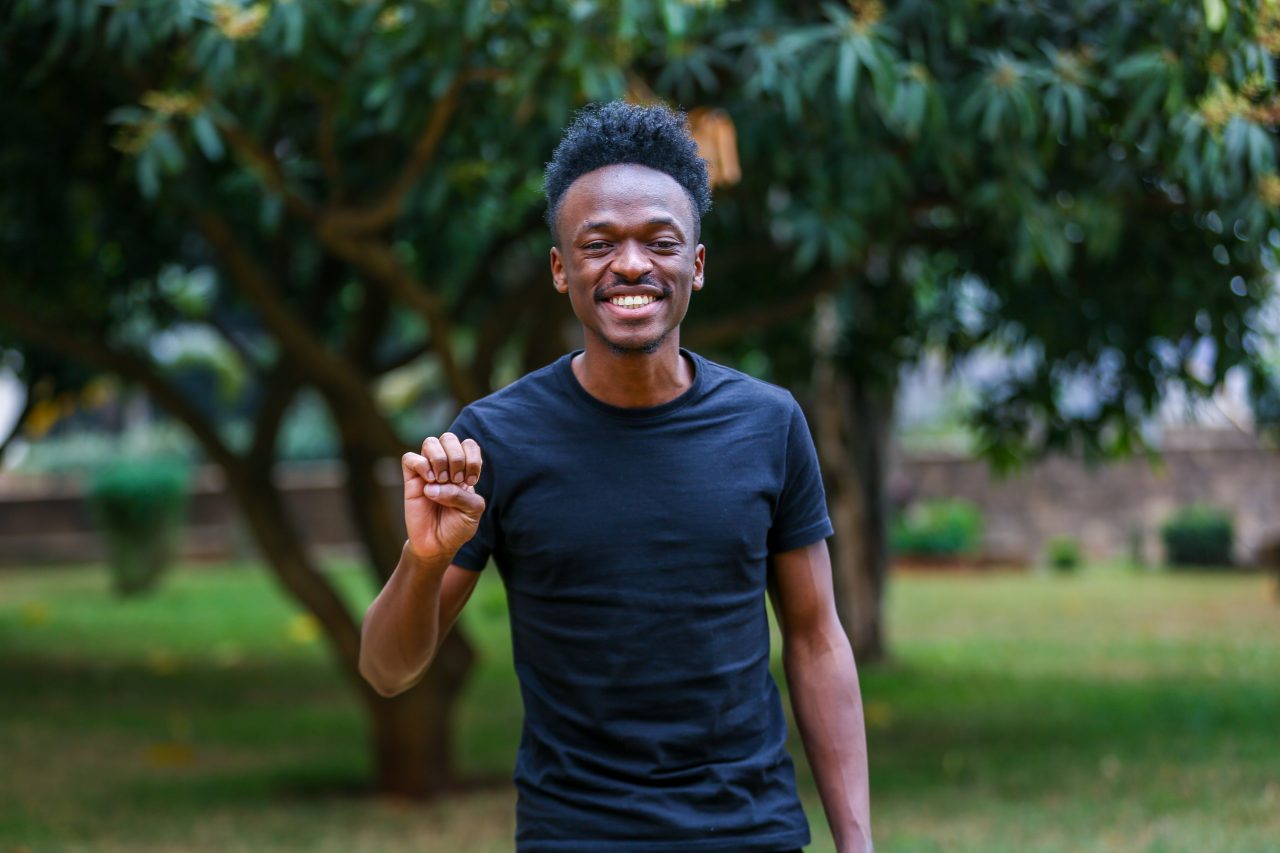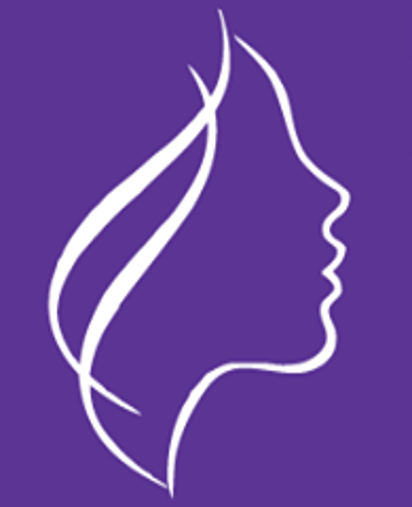The International Day of Sign Languages is fast approaching and will be with us in a few days. Towards that, today we are pleased to tell the story of 22-year-old Elly Savatia – CEO of Veezavix. Veezavix is an assistive technology startup that works towards enabling two-way communication among the deaf, hard of hearing and the hearing. The International Day of Sign Languages is a unique opportunity to support and protect the linguistic identity and cultural diversity of all deaf people and other sign language users.
Elly’s journey toward breaking the communication barrier between the deaf and the hearing started after he interacted with deaf students while training robotics with Young Scientists Kenya. After experiencing severe communication challenges, he and his co-founder Lumona Mulengwa got the Aha! moment to do something in the spirit of inclusivity, and that’s how the idea of Echo Noma was born. Echo Noma is the name of the sign language interpreter software which he has developed with lots of feedback especially from the deaf community.

According to Elly, the AI interpreter works by first interpreting sign language to text in real time through the use of cameras. An automated avatar then captures the text and relays that information into visuals to be understood by a deaf person. Even to me as a lay person, this is crystal clear and genius! The deaf want a visual solution and the hearing want to understand sign language. This is the communication gap that Echo Noma is bridging.
The potential impact of assistive technology and AI in communication is massive. In banking for instance, a person living with a hearing disability would not have to tag along a third party while carrying out transactions, thus he/she will be able to keep financial information confidential. Assistive technology would also be a bridge between medical practitioners and their patients who can only communicate in sign language. In matters education, this technology will greatly improve literacy levels for the deaf community. Those are just a few examples. Otherwise once this is fine-tuned and available for public use, the possibilities are endless.
As expected, Elly and Lumona have encountered a number of wins as well as challenges in their journey. For the wins, they bagged the UNICEF Generation Unlimited Youth competition, a milestone that earned them and their team recognition, office space and mentorship. They also won the Villgrow Top 11 AI innovations in Africa and soon after emerged tops at the Villgrow Kenya Innovation week in the healthcare category. These awards cement them and encourage them to keep going.
One of the biggest challenges they have faced along the way is access to data, especially because sign language data is not in the public domain. Additionally, data always comes with associated costs. The fact that sign language has different dialects also came as a challenge to them and the team, but they have overcome these hurdles over time with the help of organizations and community supporters.
Elly and Lumona intend to exhaust the Kenyan dialect of the sign language and be able to avail the software for use in the deaf community, before making it publicly available in about 2 months. They are grateful for all the stakeholders who have held their hands through the journey, one of the most impactful of them being UNICEF’s STEM Impact Kenya who incubated them and fueled their dreams.
The story of Echo Noma perfectly paints the picture of Tuinuane – Safaricom’s love and kindness initiative that encourages Kenyans to unite and do good for one another to build the foundations for a more resilient country. Communication is a powerful inclusivity tool and Echo Noma is a great way to lift our brothers and sisters in the deaf community.


